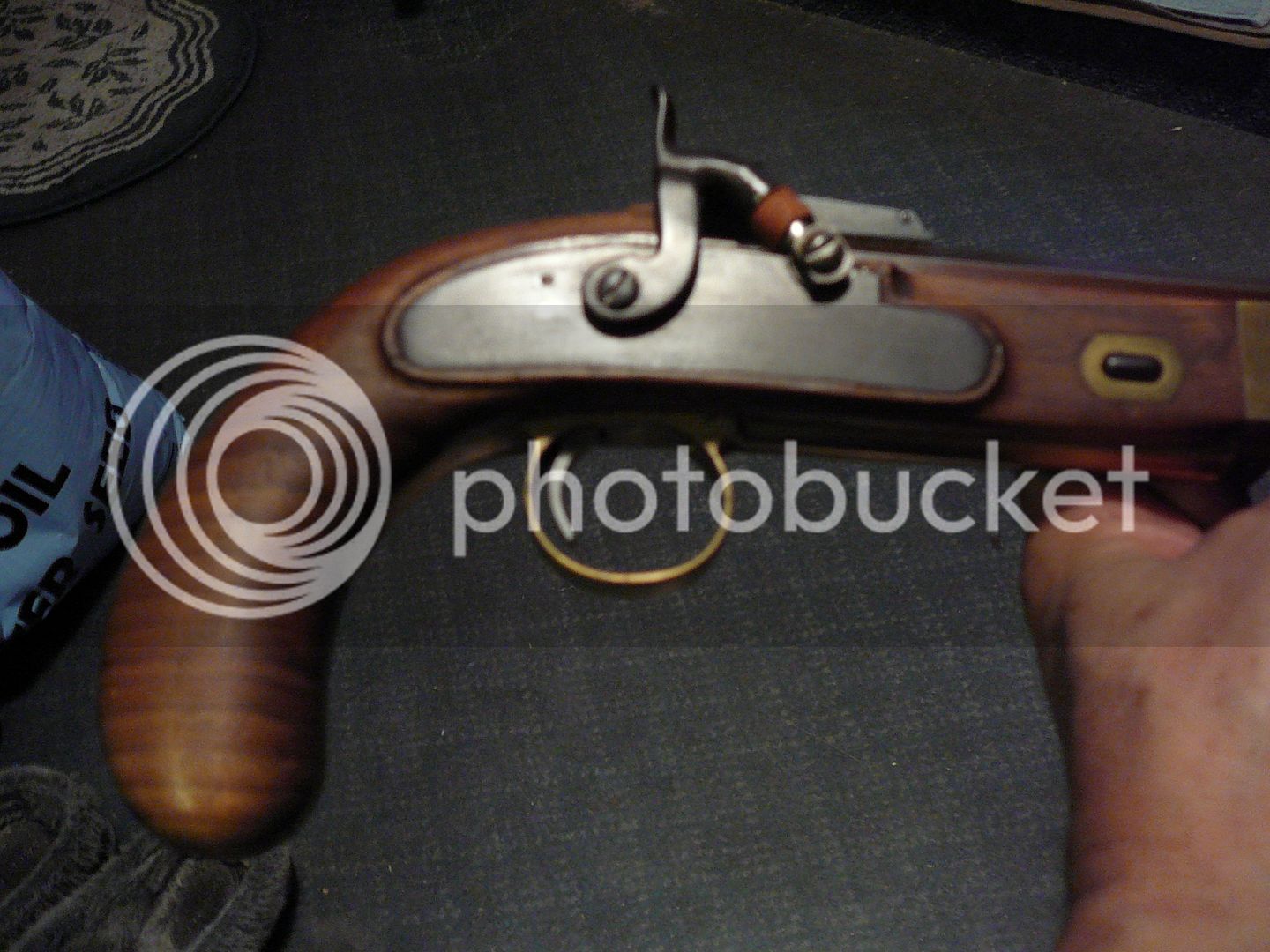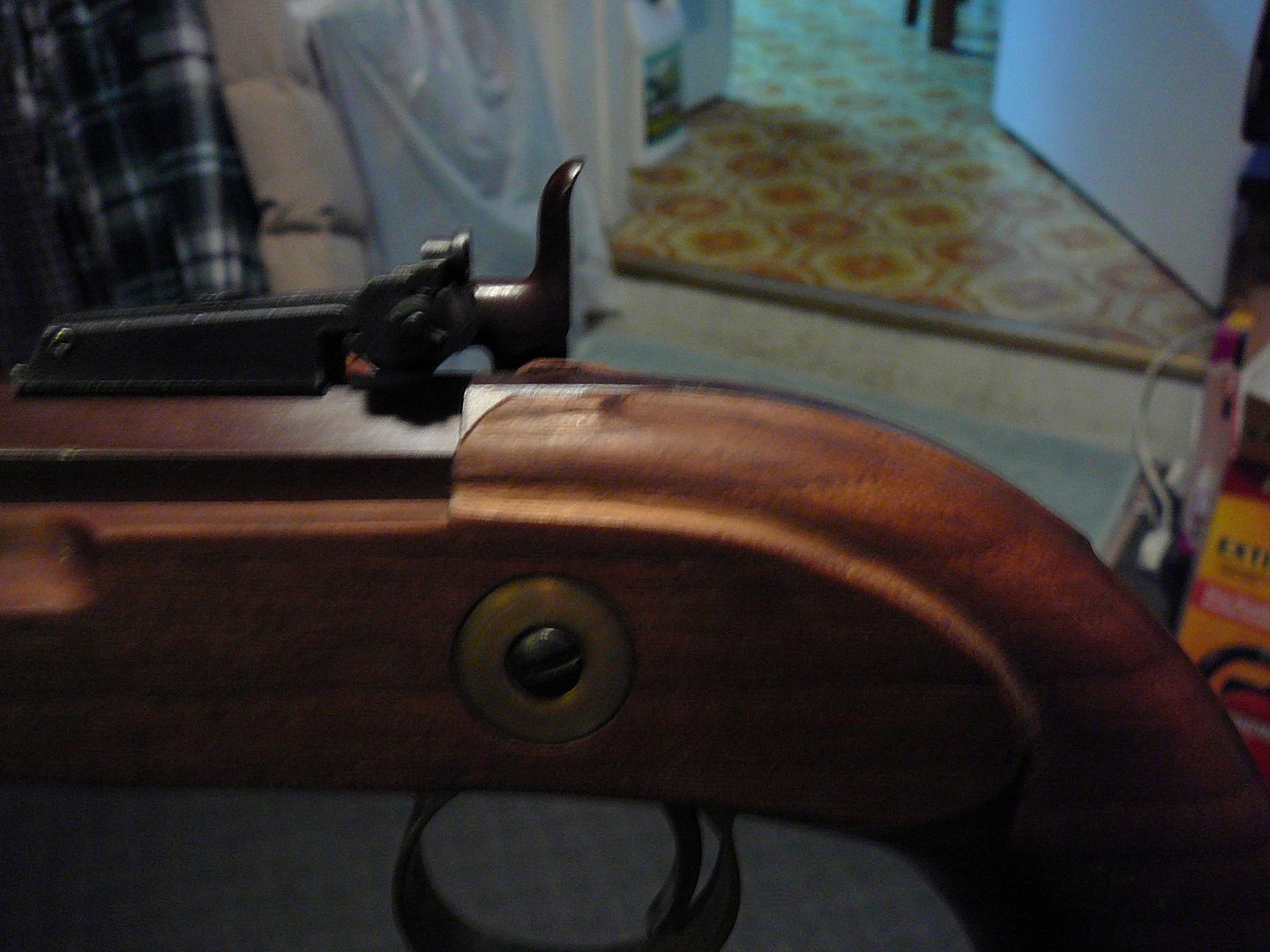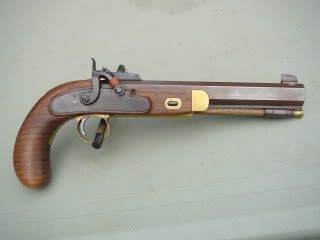The Code Duello, covering the practice of dueling and points of honor, was drawn up and settled at Clonmel Summer Assizes, 1777, by gentlemen-delegates of Tipperary, Galway, Sligo, Mayo and Roscommon, and prescribed for general adoption throughout Ireland. The Code was generally also followed in England and on the Continent with some slight variations. In America, the principal rules were followed, although occasionally there were some glaring deviations.
Rule 1. The first offense requires the first apology, though the retort may have been more offensive than the insult. Example: A tells B he is impertinent, etc. B retorts that he lies; yet A must make the first apology because he gave the first offense, and then (after one fire) B may explain away the retort by a subsequent apology.
Rule 2. But if the parties would rather fight on, then after two shots each (but in no case before), B may explain first, and A apologize afterward.
N.B. The above rules apply to all cases of offenses in retort not of stronger class than the example.
Rule 3. If a doubt exist who gave the first offense, the decision rests with the seconds; if they won't decide, or can't agree, the matter must proceed to two shots, or to a hit, if the challenger require it.
Rule 4. When the lie direct is the first offense, the aggressor must either beg pardon in express terms; exchange two shots previous to apology; or three shots followed up by explanation; or fire on till a severe hit be received by one party or the other.
Rule 5. As a blow is strictly prohibited under any circumstances among gentlemen, no verbal apology can be received for such an insult. The alternatives, therefore -- the offender handing a cane to the injured party, to be used on his own back, at the same time begging pardon; firing on until one or both are disabled; or exchanging three shots, and then asking pardon without proffer of the cane.
If swords are used, the parties engage until one is well blooded, disabled, or disarmed; or until, after receiving a wound, and blood being drawn, the aggressor begs pardon.
N.B. A disarm is considered the same as a disable. The disarmer may (strictly) break his adversary's sword; but if it be the challenger who is disarmed, it is considered as ungenerous to do so.
In the case the challenged be disarmed and refuses to ask pardon or atone, he must not be killed, as formerly; but the challenger may lay his own sword on the aggressor's shoulder, then break the aggressor's sword and say, "I spare your life!" The challenged can never revive the quarrel -- the challenger may.
Rule 6. If A gives B the lie, and B retorts by a blow (being the two greatest offenses), no reconciliation can take place till after two discharges each, or a severe hit; after which B may beg A's pardon humbly for the blow and then A may explain simply for the lie; because a blow is never allowable, and the offense of the lie, therefore, merges in it. (See preceding rules.)
N.B. Challenges for undivulged causes may be reconciled on the ground, after one shot. An explanation or the slightest hit should be sufficient in such cases, because no personal offense transpired.
Rule 7. But no apology can be received, in any case, after the parties have actually taken ground, without exchange of fires.
Rule 8. In the above case, no challenger is obliged to divulge his cause of challenge (if private) unless required by the challenged so to do before their meeting.
Rule 9. All imputations of cheating at play, races, etc., to be considered equivalent to a blow; but may be reconciled after one shot, on admitting their falsehood and begging pardon publicly.
Rule 10. Any insult to a lady under a gentleman's care or protection to be considered as, by one degree, a greater offense than if given to the gentleman personally, and to be regulated accordingly.
Rule 11. Offenses originating or accruing from the support of ladies' reputations, to be considered as less unjustifiable than any others of the same class, and as admitting of slighter apologies by the aggressor: this to be determined by the circumstances of the case, but always favorable to the lady.
Rule 12. In simple, unpremeditated recontres with the smallsword, or couteau de chasse, the rule is -- first draw, first sheath, unless blood is drawn; then both sheath, and proceed to investigation.
Rule 13. No dumb shooting or firing in the air is admissible in any case. The challenger ought not to have challenged without receiving offense; and the challenged ought, if he gave offense, to have made an apology before he came on the ground; therefore, children's play must be dishonorable on one side or the other, and is accordingly prohibited.
Rule 14. Seconds to be of equal rank in society with the principals they attend, inasmuch as a second may either choose or chance to become a principal, and equality is indispensible.
Rule 15. Challenges are never to be delivered at night, unless the party to be challenged intend leaving the place of offense before morning; for it is desirable to avoid all hot-headed proceedings.
Rule 16. The challenged has the right to choose his own weapon, unless the challenger gives his honor he is no swordsman; after which, however, he can decline any second species of weapon proposed by the challenged.
Rule 17. The challenged chooses his ground; the challenger chooses his distance; the seconds fix the time and terms of firing.
Rule 18. The seconds load in presence of each other, unless they give their mutual honors they have charged smooth and single, which should be held sufficient.
Rule 19. Firing may be regulated -- first by signal; secondly, by word of command; or thirdly, at pleasure -- as may be agreeable to the parties. In the latter case, the parties may fire at their reasonable leisure, but second presents and rests are strictly prohibited.
Rule 20. In all cases a miss-fire is equivalent to a shot, and a snap or non-cock is to be considered as a miss-fire.
Rule 21. Seconds are bound to attempt a reconciliation before the meeting takes place, or after sufficient firing or hits, as specified.
Rule 22. Any wound sufficient to agitate the nerves and necessarily make the hand shake, must end the business for that day.
Rule 23. If the cause of the meeting be of such a nature that no apology or explanation can or will be received, the challenged takes his ground, and calls on the challenger to proceed as he chooses; in such cases, firing at pleasure is the usual practice, but may be varied by agreement.
Rule 24. In slight cases, the second hands his principal but one pistol; but in gross cases, two, holding another case ready charged in reserve.
Rule 25. Where seconds disagree, and resolve to exchange shots themselves, it must be at the same time and at right angles with their principals, thus:
If with swords, side by side, with five paces interval.
N.B. All matters and doubts not herein mentioned will be explained and cleared up by application to the committee, who meet alternately at Clonmel and Galway, at the quarter sessions, for that purpose.










